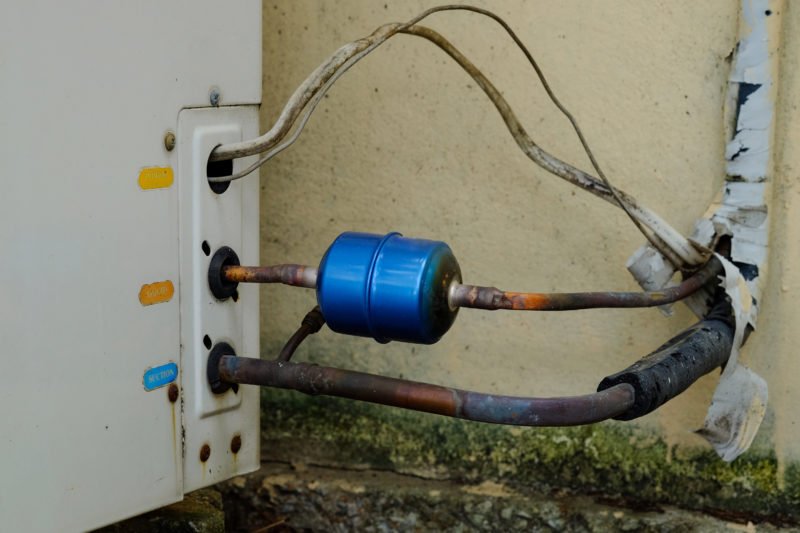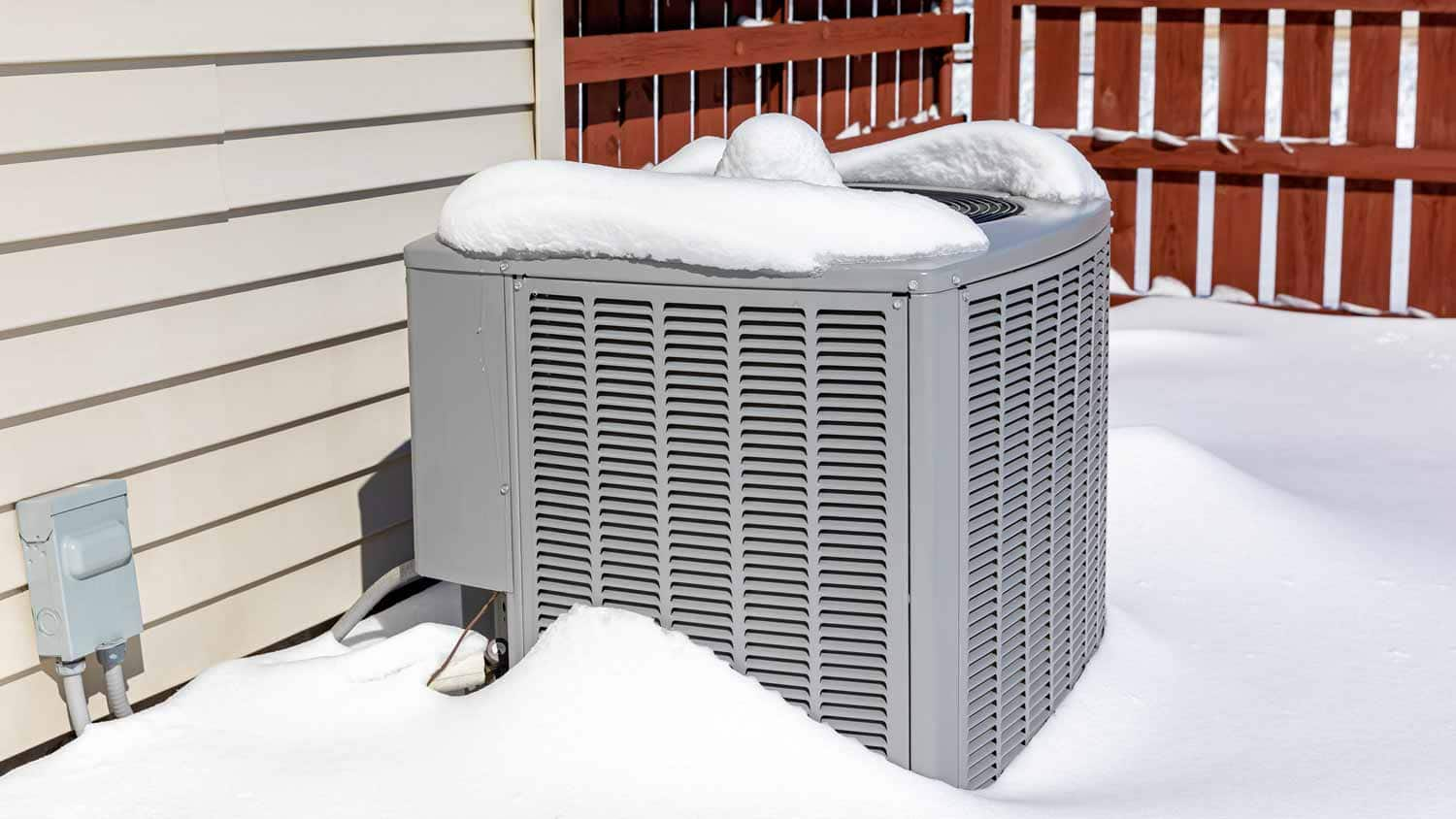What Should I Do If My AC Pipe Is Frozen? - Key Tips for Restoring Functionality
What Should I Do If My AC Pipe Is Frozen? - Key Tips for Restoring Functionality
Blog Article
Just about everyone maintains their unique idea on the subject of What Causes AC Pipes To Freeze?.

Introduction
Discovering that your air conditioning pipe is frozen can be concerning, specifically during warm summertime when you rely on your air conditioning unit the most. Understanding what to do in such a situation is crucial to prevent additional damages to your cooling system and guarantee your comfort indoors.
Comprehending the Causes
A number of variables can contribute to the freezing of an air conditioner pipe. Understanding these reasons can help you resolve the problem effectively.
Absence of Airflow
One usual root cause of a frozen a/c pipe is inadequate airflow. When the air movement over the evaporator coil is limited, it can create the coil to drop below freezing temperature level, bring about ice formation on the pipe.
Low Refrigerant Levels
Not enough refrigerant degrees in your a/c system can also result in a frozen pipeline. Reduced refrigerant degrees can trigger the stress in the system to go down, leading to the freezing of moisture on the evaporator coil.
Cold Weather Conditions
In cooler environments, freezing temperature levels outside can contribute to the freezing of AC pipelines. If your a/c system is not correctly shielded or if there are leakages in the ductwork, cold air can penetrate the system, triggering the pipeline to ice up.
Dirty Air Filters
Filthy or blocked air filters can limit airflow in your a/c system, causing various concerns, consisting of a frozen pipe. It's necessary to replace or clean your air filters consistently to make certain proper air movement and stop ice build-up.
Indicators of a Frozen Air Conditioning Pipe
Identifying the indicators of an icy air conditioner pipe is vital for punctual activity.
Minimized Airflow
If you discover a considerable reduction in air movement from your vents, it can suggest a frozen pipeline.
Ice Buildup on the Pipe
Visible ice accumulation on the refrigerant line or the evaporator coil is a clear indication of an icy air conditioning pipeline.
Unusual Sounds from the Unit
Unusual audios, such as hissing or gurgling, originating from your a/c system can indicate that there's ice present on the pipeline.
Immediate Actions to Take
When confronted with an icy a/c pipeline, it's necessary to act rapidly to avoid more damages to your cooling system.
Shutting off the air conditioning
The initial step is to shut off your air conditioning unit to prevent the system from running and aggravating the concern.
Looking for Blockages
Inspect the area around the interior system for any type of obstructions that may be blocking airflow, such as furniture or curtains.
Thawing the Pipe
You can make use of mild methods like placing towels soaked in warm water around the icy pipeline to assist thaw it gradually.
Safety nets
Taking preventive measures can help stay clear of future incidents of an icy AC pipe.
When DIY Methods Fail
If your attempts to thaw the pipe or address various other issues are not successful, it's time to call in an expert.
Relevance of Hiring a Professional HVAC Technician
A licensed HVAC specialist has the knowledge and tools necessary to detect and fix problems with your AC system securely and properly.
Normal Maintenance Checks
Set up normal maintenance contact a specialist HVAC specialist to make certain that your AC system is running effectively.
Altering Air Filters
Frequently replace or cleanse your air filters to avoid air movement restrictions and keep optimum performance.
Shielding Exposed Pipes
If your air conditioning pipes are revealed to cold temperatures, take into consideration insulating them to avoid cold throughout cold weather.
Looking For Professional Help
If DIY methods fall short to fix the concern or if you're uncertain regarding exactly how to continue, it's ideal to seek aid from a qualified HVAC specialist.
Final thought
Handling a frozen a/c pipe can be an aggravating experience, yet understanding how to react can assist decrease damages and bring back convenience to your home. By understanding the reasons, acknowledging the indications, and taking timely action, you can effectively address the problem and avoid future incidents.
What to Do If Your AC Line Is Frozen
Make Sure All Supply and Return Air Vents Are Open
If you notice problems with airflow, the first thing you should do is check your supply and return vents. Supply vents distribute clean, conditioned air throughout your home. As this air becomes stale, it’s pulled into the return vent, where it’s reconditioned before being sent back out through the supply vent.
When these vents are closed, air won’t flow in the home. Before examining your AC, check the vents in every room and ensure they’re all open.
Check for a Dirty Air Filter
Another possible cause of limited airflow is a dirty air filter. Your air conditioner’s filters catch elements you don’t want to breathe in, such as dirt and dust. Over time, filters can become clogged, ultimately blocking air from flowing in and out. The lack of airflow can then cause the entire coil to freeze and will completely restrict any air from moving through it. The AC may need to be powered off for one to two days to allow the coil to thaw after replacing the filter to allow proper functioning of the unit. This debris can also accumulate on your AC’s evaporator coil, requiring a more serious repair. In general, air filters should be cleaned regularly (about every two weeks).
Assess Your Outdoor Unit
In addition to checking your AC, assessing the outdoor unit is a good idea. Also known as the condensing unit, it works with your interior unit to release heat outside. An issue with the outdoor unit can result in rising internal temperatures.
Overgrown Shrubs or Clogged Leaves
From leaves and twigs to shrubs and debris, there’s no shortage of outdoor elements that can accumulate around your condensing unit. When these elements get lodged inside the unit, they can block airflow. Fortunately, removing the blockage can solve the problem.
Sounds of a Broken Fan
Shrubs and leaves aren’t the only things that can impede your outdoor unit’s airflow. If the fan is broken, the unit won’t be able to properly get rid of heat — which means the internal temperature won’t go down. First, make sure the fan is spinning. If it is, check for the following sounds of a broken fan:
Buzzing Rattling Screeching Hissing Clicking Preventative Measures
Nobody wants to deal with a frozen AC line. In addition to causing problems with your air conditioner, they require professional repairs. On the bright side, there are preventative measures you can take to help ensure this issue doesn’t arise in the first place.
https://www.coopergreenteam.com/blog/what-to-do-if-ac-line-frozen

I'm just very eager about What Causes AC Pipes To Freeze? and I really hope you enjoyed reading the entire blog post. Make sure you take the opportunity to distribute this article if you appreciated it. Thanks so much for going through it.
Click Here Report this page